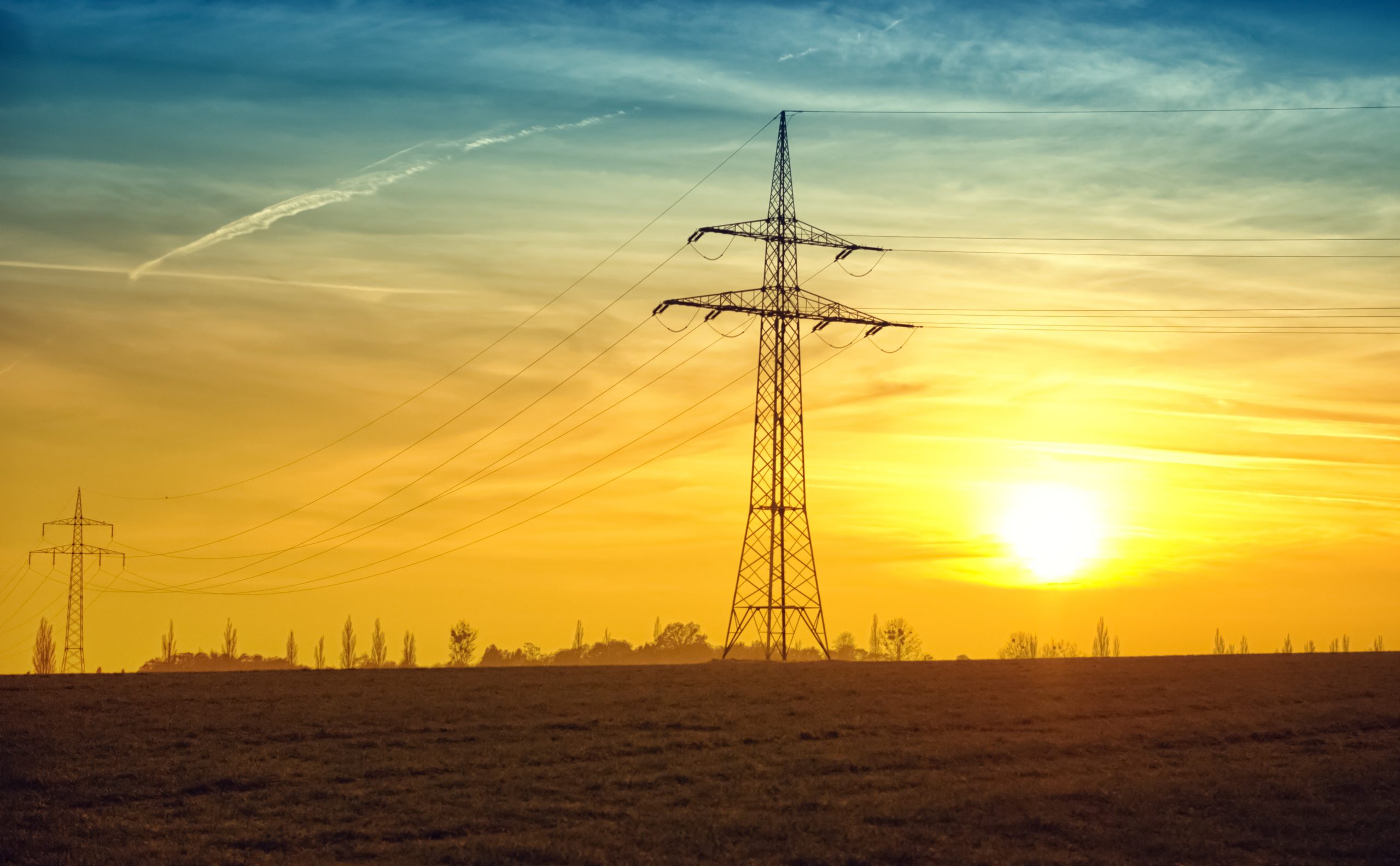The arrival of 2020 has seen the introduction of the government’s long-awaited replacement to the Feed-In Tariff (FIT), the financial mechanism for renewable energy generators. The Smart Export Guarantee looks to provide a market-based approach to supporting the development of new renewable energy projects with the onus falling onto electricity suppliers rather than the governments energy market regulator (OFGEM).
WHAT IS THE SMART EXPORT GUARANTEE?
The new initiative requires any electricity supplier with a customer base exceeding 150,000 domestic customers to offer a Smart Export Guarantee to small scale renewable electricity generators. Payments made under this guarantee relate only to electricity exported to the grid whereas the previous FIT scheme also covered renewable energy that was generated and consumed at the producing site. Smart Export Guarantees are available to anaerobic digestion plants and four other renewable electricity generating technologies, and qualifying installations must have an installed capacity of less than 5MW. However, the particularly material changes from previous renewables support schemes relate to the rate and duration of payments, with the regulations stating that a rate of >£0.00/kWh must be made with no fixed duration for the agreement.
IS IT ENOUGH OF AN INCENTIVE?
The Renewable Energy Association have this week reviewed the availability of Smart Export Guarantees and reported a range of tariffs on offer between £0.04/kWh and £0.055/kWh for qualifying electricity exported to the grid. These rates fall well below the previous levels of incentive payment, which by comparison at the close of the FIT scheme, paid around £0.045/kWh for the FIT with a further £0.05/kWh guaranteed export rate for the sale of the power. Payments to renewables generators therefore appear to have halved and this will have the impact of pushing out returns on investment; potentially beyond the levels considered acceptable for those looking to fund new projects.
IS IT REALLY A GUARANTEE?
A further concern on the new incentive scheme is the duration over which support payments are guaranteed. Renewable energy, as with other forms of regional and national infrastructure, represents a long-term investment for funders; a fact that was previously reflected in a 20-year support period under the FIT scheme. The maximum duration of Smart Export Guarantees is one year which falls well below the typical 5-7 year payback that was previously commonplace (and is now likely to be even longer due to the effective tariff rate reduction). This reduction in the long-term certainty of payments further diminished the attractiveness of renewables investments by increasing investment risk attached to project revenues. The lack of a substantive term leads to the question on whether the new scheme actually represents a meaningful guarantee.
TOO LITTLE, TOO LATE?
Progress has been made in meeting initial renewable electricity targets and an ever increasing range of encouraging statistics are being reported in the popular media (e.g. the first fossil fuel free generation day in 2019). But the job is not done yet, and the raft of climate emergency declarations and adoption of the net zero emissions target tells us that further market growth is required and that the urgency of this growth in renewables is ever increasing. That we must not leave action too late is also a common and consistent message from our fellow environmentalists.
The demands of the required growth will drive the need for future investment and we need to recognise that, at a sectoral level, renewables compete against other sectors for funding. If large scale and widespread funding is to be committed and future projects are to be developed, the renewables sector must present as a stable and robust opportunity where investment risks are mitigated and managed. The initial release of the Smart Export Guarantee does little to boost these credentials and in fact could be seen to increase investment risks.
It is acknowledged that fiscal incentives are used to pump prime, establish and develop markets and that the range of renewable technologies including anaerobic digestion have benefitted to achieve current levels of deployment. Let’s also recognise that an overarching goal is to achieve a subsidy free renewables market where projects deliver high levels of generation and carbon emission reductions alongside investor expectations. However, the reality is that the deployment of renewables and in particular anaerobic digestion, had slowed considerably long before the close of the Feed-In Tariff and the introduction of an ostensibly diluted incentive scheme. This perhaps suggests that the magnitude of the step being taken here is too large and it’s therefore questionable whether the new policy will lead to a reversal of that trend.
Many industry commentators predict that the market will evolve and that the ‘smart’ aspects of the scheme will develop to support energy storage projects in particular. It remains to be seen to what extent the Smart Export Guarantee will support baseline generation technologies such as anaerobic digestion which are further required in order to meet targets. The introduction of the scheme needs to be accompanied by close monitoring of new project numbers and deployment levels with a readiness from government to review and revise the obligations on electricity suppliers should that be required. It’s probably clear by now that I view the introduction of the Smart Export Guarantee as being too little, and feel we now need to guard against the risk of further interventions or responses being made too late. If we do not see a reversal in the recent slowdown of renewables then we must, as industry participants, urgently apply pressure to policy makers directly and through the trade associations that we pay to represent us.
